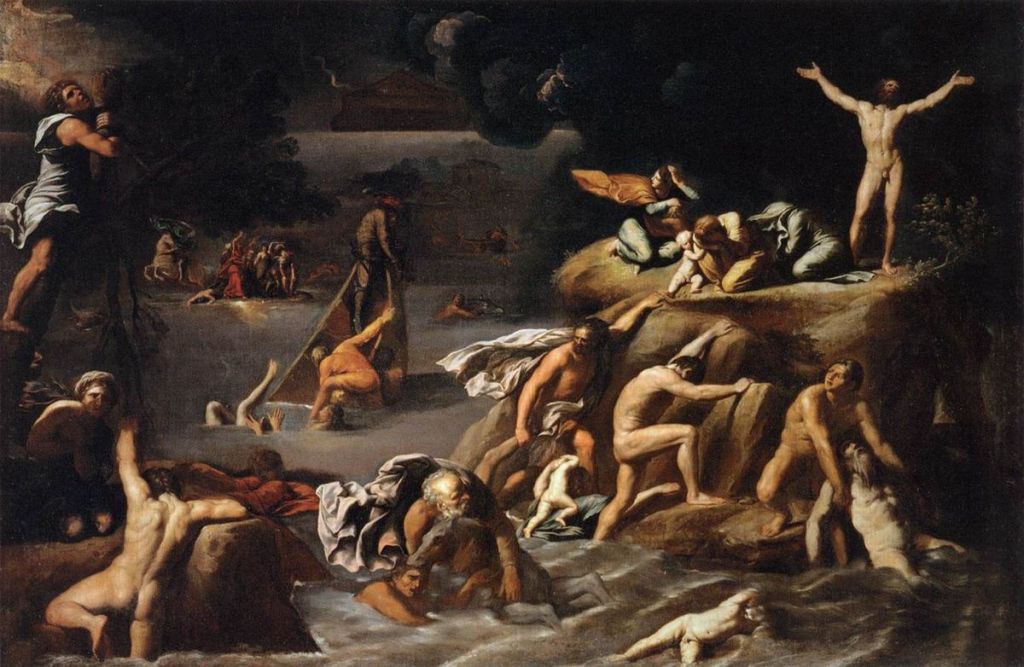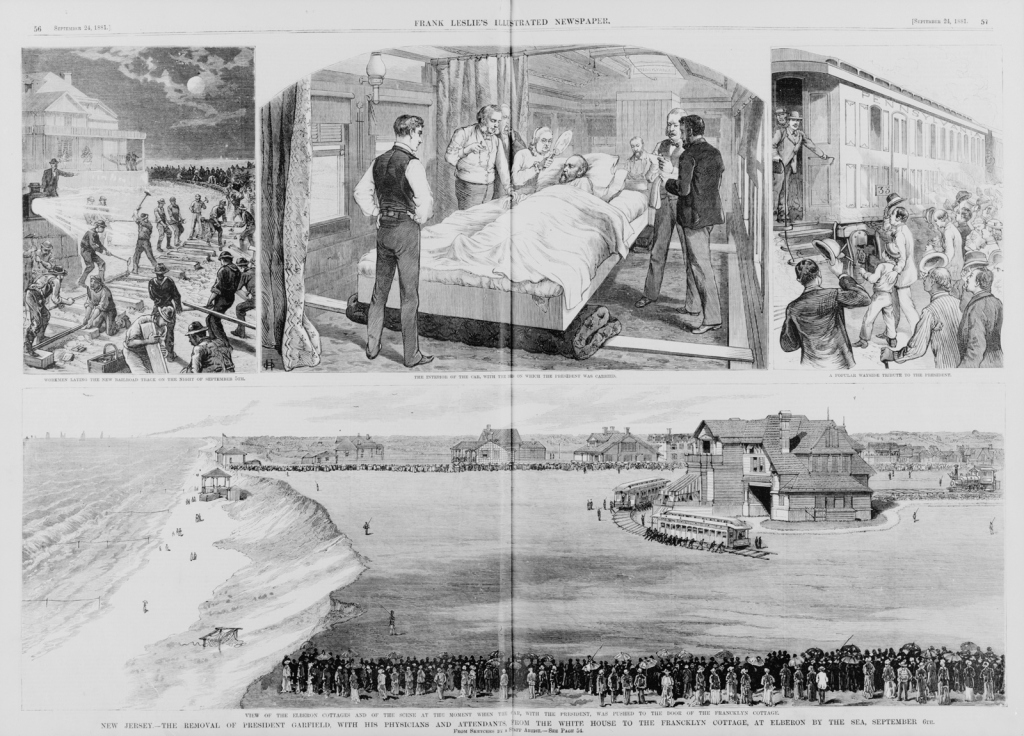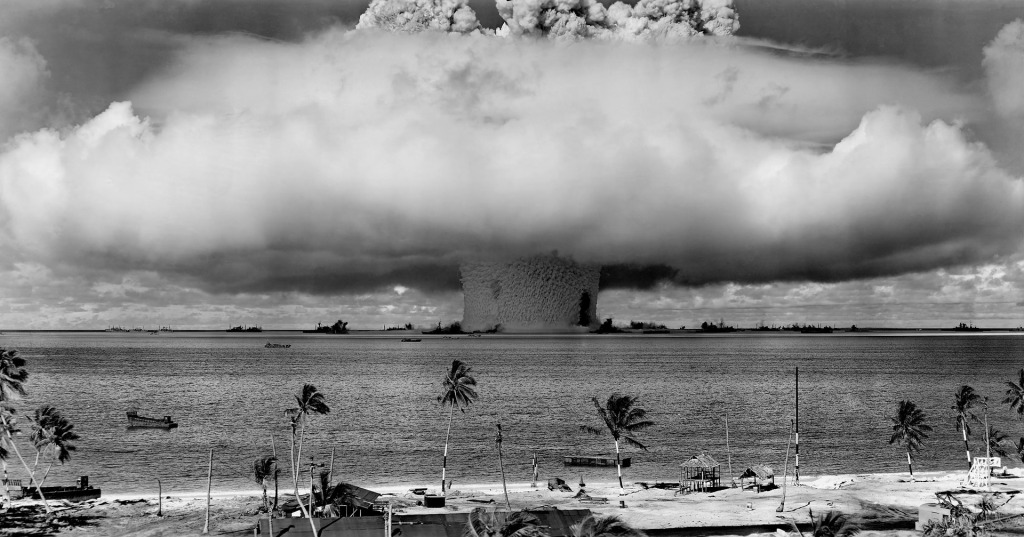Death on the Beach: Essays from a Marginal World
Sometimes you have to do something different from what you usually do. And if you are an historian of technology, sometimes you need to write about things other than technology. So I decided to write a few essays about beaches. I became fascinated by one aspect of beaches in particular: their omnipresence in stories about death. In literature, film and art, as well as in real life, humanity’s relationship with the seashore is dotted by corpses. How can this be? That’s the question that guided me in writing Death on the Beach: Essay from a Marginal World, which has now been published by Barbican Press.
They are countless: the people who for one reason or another – or for no reason at all – have met their fate on the beach. Some have perished in mass tragedies, like when a tsunami hits, destroying everything in its path, or when a foreign fleet arrives and massacres the population of a coastal city. Others have faced their shore doom – as conjured by the forces of darkness or light – alone: sometimes accidentally, sometimes intentionally, sometimes along the harsh path of violence.

The book starts out with an account of famed artist Caravaggio’s tragic death on a Mediterranean beach in 1610. On this basis, I offer a cultural-historical analysis of ancient/classical fears of the seashore. I continue by examining the history of beach murders, indispensable in contemporary crime and horror fiction but with deep roots in medieval fears of the seashore and eighteenth-century worship of the sublime. Then I turn to the early Romantics’ discovery of the seashore and their desire to be swallowed up and ultimately reborn.
One of my favourite themes, when it comes to the beach as a zone of death, fear and sorrow, has to do with a number of elderly gentlemen’s longing for death in the borderland between land and sea, from fictional characters such as Thomas Mann’s Gustav von Aschenbach (Death in Venice) and Joyce Carol Oates’ Marcus Kidder (A Fair Maiden) to the very real James A. Garfield, the 20th President of the United States.

More often, death on the beach is accidental. For example, many people – and animals – have plunged from cliffs near the sea. This theme is found in, for example, the Gospel of Mark, William Golding’s The Lord of the Flies and the Dover scene in Shakespeare’s King Lear. The tidal zone is also a lethal place, as demonstrated by a film such as Gustavo Montiel Pagés’s Marea de arena and the works of authors like George Crabbe, Walter Scott and Victor Hugo.
In another essay I reflect on the seashore’s amnesic effect: tides and winds quickly erase the world of yesterday and its worries. The paradox is that the beach is also a zone that with greater force than any other landscape evokes memories, especially memories of our dead – a recurring theme in Western fiction, from H.C. Andersen and Marcel Proust to modern science fiction films.
The last five essays in the book spotlight contemporary beach horrors, although history is never far away. Here we encounter the beach deaths of boat refugees in the Mediterranean and the Baltic Sea, the rise of beach terrorism in the 2010s, the world’s many historical war beaches, from Troy to Normandy, and the attraction of apocalyptic writers to the seashore, as evidenced by numerous works from Neville Shute’s Cold War classic On the Beach and P.C. Jersild’s After the Flood to Cormac McCarthy’s The Road and Andrei Tarkovsky’s last film, The Sacrifice.

Death on the Beach was originally published in Swedish in 2020 by ellerströms. I’m very happy that Agnes Broomé agreed to translate the book into English. For the English version, I added a short prologue and a final essay in which I reflect on the beach in the context of the COVID-19 pandemic and Russia’s war on Ukraine.